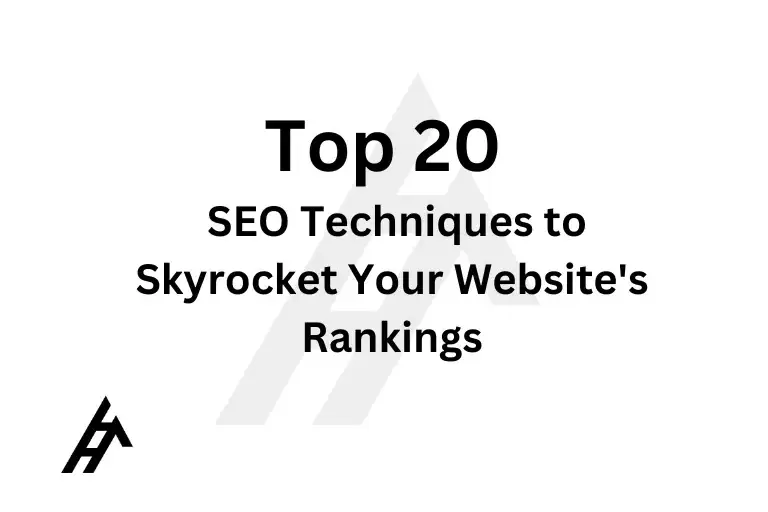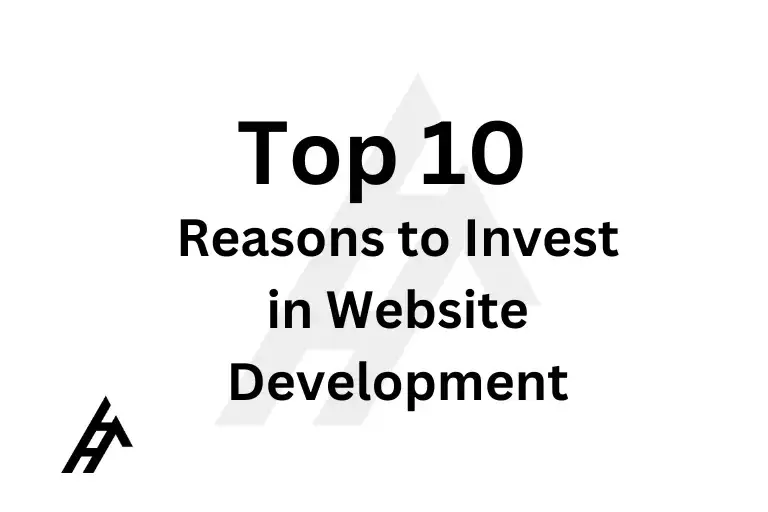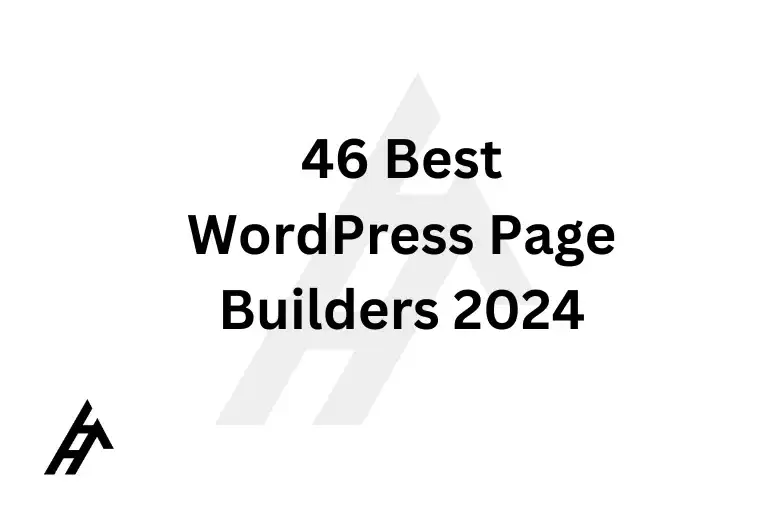Introduction.
Website speed is now the very essence of how we are going to look at the website in the digital space. It’s one determining point that might make or break it for you. A website that loads automatically changes the user experience and, in addition, improves the website rankings on search engines. Read this detailed guide on why website speed is essential and how to increase it.
Why Website Speed Is Important.
Who isn’t disappointed in a slow website since that user could quickly leave your site in pursuit of something or somewhere else? This way, you would have reduced your bounce rate and improved on user engagement statistics. Moreover, search engines like Google take into account site speed as a ranking factor; hence having a faster website helps in getting better search results.
Impact on User Experience.
People expect your website to load when they open it up. There have been sayings that if a website is loading beyond a few seconds, the expected behavior from users is to leave. A slow website will not provide a smooth user experience, and visitors will not return.
SEO Benefits.
Page speed is one of the critical ranking factors in all search engines. Google, for example, has a preference for fast websites because they give users better experiences. Quick loading can result in better rankings in searches, more organic traffic, and simply more performance overall.
Original As: First.
Before continuing to various optimization techniques, you should gauge the current state of your website: its speed and performance. Many tools will aid you in measuring loading times and pointing you toward improvements:.
Be familiar with using Test Tools.
Some tools available are Google PageSpeed Insights, GTmetrix, and Pingdom. These provide extensive insights into the performance of your website. They investigate different aspects of your site performance including load times, page size, and resource requests, to give concrete suggestions on what to do better.
Analyzing Metrics.
Crucial key performance metrics that you may pay heed to are Time to First Byte, First Contentful Paint, and Largest Contentful Paint. These will allow you to understand how fast your server responds, the speed of the content rendering, and at which moment the main page content is visible.
Optimizing Images.
Often, image data is among the heaviest parts of a web page and causes extensive loading times.
Choosing the Right Format.
It could be in JPEG for photographs, PNG for images with transparency, and SVG for scalable vector graphics. If the correct format is being used then even the file size could be minimized with the image looking attractive.
Compressing Images.
Image compression tools like TinyPNG and ImageOptim compress without quality reduction. What compressing an image does is reduce the file size of an image, which allows for the quick loading of images.
Lazy Loading.
Lazy loading of images ensures that only when they come into the viewpoint is the image loaded. This leads to faster load times during page initialization and ultimately increases performance.
Improving Browser Caching.
It’s about not re-downloading static files on the user’s side, which stores them locally.
Expiration Headers.
Setting expiry headers allows you to specify how long browsers should cache your files. Essentially, this reduces server loads and speeds up the display time of pages when people come back.
Setting up .ht.
The advantage of such websites hosted on Apache is that they allow simple adjustments of the cache configuration by making appropriate changes in a .htaccess file. You can just add a couple of direct directives to enhance caching policies for your site.
Reduce HTTP Requests.
Every item on a webpage, such as images, CSS, and JavaScript files, will need an HTTP request. Fewer requests mean faster sites.
Merging Files.
It reduces the quantity of HTTP requests that need to be issued each time by combining multiple CSS and JavaScript files into one. You can achieve this with tools such as Grunt or Gulp.
ADDING SPRITES.
CSS Sprites is a method that groups images into one single file, which can reduce the number of requests involving server requests. This method is pretty helpful if you implement small icons and small graphical images.
We’ll incorporate a CDN (Content Delivery Network).
The CDN system serves up your site information to many servers worldwide, thus increasing performance and much better loading time for users across geographic locations.
Benefits of using a CDN CDNs reduce the latency because the service is provided from servers closest to the user. In addition, they come with supplementary benefits like enhanced security and high redundancy.
CDN services of sorts.
Some of the most widely used CDN providers include Cloudflare, Akamai, and Amazon CloudFront. These services vary in the price range of different plans they offer users based on their needs or the limits of one’s budget.
Humorize.
It can reduce a file’s size considerably, and loading time can also be made better.
Gzip Compression.
A widely used technique for compression is Gzip, which is a software application used for file compression of HTML, CSS, and JavaScript. If Gzip is enabled on your server, this is the thing that will significantly improve your site’s performance.
Brotli Compression.
Brotli is a newer compression algorithm developed by Google. With better compression than Gzip, it’s bound to enhance load times further.
Optimizing CSS and JavaScript.
Minifying and optimizing the CSS and JavaScript files of your site may boost loading times.
Make CSS and JS Tiny.
Minification is a process that takes away unimportant characters like spaces and comments from CSS and JavaScript files, resulting in a reduction in their size to make them load faster.
Make Asynchronous Javascript.
Defer loading JavaScript to let the page render. This way, you also postpone downloading and initializing JavaScript files, which may improve the time to load perception regarding significant content.
Minimizing server response time.
A quick server response is crucial to have the site load rapidly.
Picking a Trustworthy Host.
Investing in a good hosting provider is likely to make a significant improvement in the speed of the site. Look for hosts that offer high-performance servers and a record of excellent uptime.
Optimizing Database Queries.
In the same way, database query optimization in dynamic websites reduces the load on the server by bettering response times: utilizing indexes, optimizing SQL queries, and lessening all uncalled-for database calls.
ADD amp.
“Accelerated Mobile Pages (AMP) is an open-source framework enabling developers to create websites that load much faster on mobile devices than traditional sites.”.
What’s AMP?
AMP is an open-source project aimed at providing mobile users the possibility of loading things fast, quickly, and almost instantly. It does so by stripping HTML bare to utilize streamlined CSS.
Benefits of AMP.
Using AMP could help pages load faster, enhance the experience for mobile users, and potentially improve their rankings in search. It is more likely that an AMP page will be selected for the Google Top Stories carousel.
Make human.
Essentially, when mobile devices are adopted ubiquitously, you need to have a mobile-optimized website.
Responsive Design.
This is a design responsive to your website to display well and be usable on every kind of device—be it a desktop, a tablet, or a smartphone. You can do this using media queries in CSS and flexible grids.
Accelerated Mobile Pages.
Conclusion Above is an achievement that AMP can work more to improve the mobile device’s performance; for example, it is faster and more streamlined.
Using Web Fonts Sparingly.
Web fonts can make a website look so pretty, but they can also slow down your website.
Limiting the Use of Fonts.
Reduce the web fonts that are used to a minimum and save precious loading time. Performance can be gained just by having proper system fonts, which do not include additional HTTP requests either.
Preloading fonts.
The purpose of preloading fonts is to ensure that the fonts are fetched and made visible as quickly as possible with as little delay as can be achieved in text rendering, hence performance.
Only plugins and add-ons.
Plugins and add-ons can do great at helping extend the functionality, but they can equally slow your website down.
Regular Updates.
Updating plugins and add-ons helps ensure that they operate effectively and remain vulnerability-free. Outdated plugins can slow down your website and present security risks.
Removing Unnecessary Plugins.
Go through your plugins and remove those you genuinely don’t need. Any activated plugin adds loads to the server; the smaller the number of plugins, the better it performs.
Database optimization.
Regular database optimization will make your site load fast and your server operates optimally. Make regular maintenance Put these to be performed regularly: clean up unused data, optimize the tables, and update the indexes. In some cases, tools like phpMyAdmin can automate these processes. Making Use of Smart Queries Efficient SQL queries will help in lowering server loads and increasing response times. So, avoid tricky joins and nested queries that impede your database. Monitoring and maintenance Quick monitoring and fixing are the building blocks for sustaining fast website performance. Regular Testing Periodically conduct speed tests with tools such as GTmetrix or Pingdom to find out the state of the website at any time. Continuous Optimization Optimizing your website is an ongoing effort. Regularly update and review optimization strategies to keep your website speedy and efficient.
How Archaeo Agency Can Help.
At Archaeo Agency, we specialize in building high-performance websites designed to attract, engage, and convert. We understand the unique needs of realtors and create custom solutions that not only look stunning but also drive tangible results.
Get Your Professional Website in 24 Hours!
Is your website sending potential clients running? Contact Archaeo Agency today for a free website audit and let’s transform your online presence into a powerful lead generation tool.
Ready to give your website the upgrade it deserves? Contact Archaeo Agency today for a free consultation and let’s discuss how we can transform your online presence into a lead-generating powerhouse!
FAQs.
- What is the ideal page loading time?
- Ideally, a site ought to load between 2-3 seconds. This ideally will translate to high bounce rates and an atrocious user experience once the loads are very lengthy.
- How do I realize if my website is slow?
- Try other tools like Google PageSpeed Insights, GTmetrix, or Pingdom to test how your website works. These tools will give you a very detailed report on the loading time of your website, and they’re pretty specific in finding areas where things can be improved.
- Do many plugins slow down my website?
- Yes, many plugins can slow down a website. Every plugin you added would have increased your server load. Therefore, it is important only to install necessary plugins and update them as required.
- What does that mean, in terms of lazy loading?
- Lazy loading is an image and media loading practice only after users visit the viewport. This way, it reduces the loading time of the website at first and thereby enhances performance.
- What can I do to optimize my images for the best performance?
- Remember, you should continually optimize images by exporting them in the correct format, compressing them using tools like TinyPNG, and lazy loading—making the image files smaller and loading faster.
- Content Delivery Network (CDN) – What is it?
- A CDN is a network of servers distributed in different locations across the globe to deliver web content from the closest point possible to a user. In doing so, it removes or reduces latency and assures content loads at speed.
Conclusion
A faster website will result in an improved user experience, allow search engines to better index your site, and achieve better performance overall. With all these tips and tricks discussed in this guide, ensure your website is loading lightning-fast and efficiently. Don’t forget that website optimization is an ongoing process; you need to monitor and maintain it regularly to ensure sustained optimal performance.



